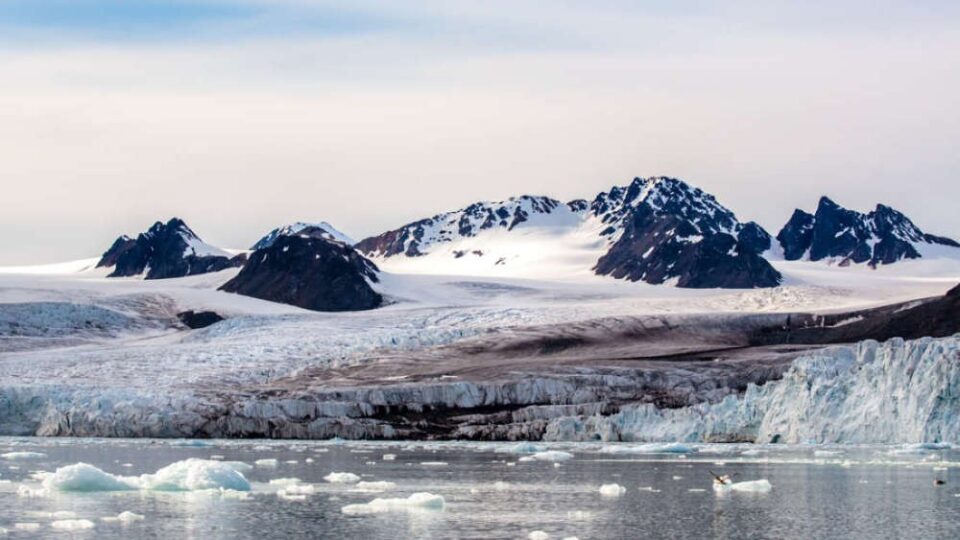Signs of resistant bacteria have been found in places far removed from human society. And of course, that’s bad news at all.
The superbug was listed by the WHO as one of the greatest threats to public health in 2019. It is the result of human abuse of antibiotics, in all areas of society.
It seems that resistant bacteria only exist in areas close to human society. But no! Recently, scientists at the University of Newcastle (UK) discovered signs of drug resistance genes in the Kongsfjorden area of Svalbard (Norway). Many people have not heard of this name because it is considered one of the most remote and pristine lands on the planet.
Specifically, the strain containing the resistance gene blaNDM-1 was first confirmed in Delhi (India) in 2008. 2 years later, the genetic model appeared in the waters of Delhi and then spread to more than 100 countries, with different strains of bacteria.
And recently, soil samples taken in Kongsfjorden also appear on the blaNDM-1 gene, showing that the spread of resistant bacteria is already very wide. In total, when analyzing 40 soil samples at 8 sites in Kongsfjorden, the experts found 131 super bacteria.
What is happening? How did they get here?
BlaNDM-1 and other drug resistant genes are commonly found in the intestines of humans and animals. According to experts at Newcastle University, it was probably the roads that also led them to this virgin land.
To put it simply, blaNDM-1 has been tracking animal droppings spreading to the most remote places, and it’s a serious phenomenon. As mentioned above, the WHO classifies resistant bacteria as a serious threat to public health, as many bacteria have recently become resistant to carbapenems – which is considered mankind’s last antibiotic, used only when all other drugs have been shown to be ineffective.
“The polar regions are considered to be the most pristine ecosystems on Earth, where the foundation still existed before the advent of antibiotics, and from there it allows to see how quickly the resistance gene spreads” – quotes David Graham, Environmental Engineer at Newcastle University with 15 years of experience in drug resistant bacteria.
“The emergence of resistant bacteria here confirms that solutions to these problems require global attention and development.”
The abuse of antibiotics in all areas, from medicine to agriculture, including breeding … man has pushed the phenomenon of drug resistance to nature. Now, instead of slowly forming antibodies over generations, bacteria are mutating at an unprecedented rate to fight off antibiotics, creating a very bad situation for humans.
“What humans have done through the abuse of antibiotics is accelerate the evolution of bacteria, creating a world with too many resistant bacteria,” Graham added.
“The rapid rate of resistance also makes the development of new drugs less efficient.”


